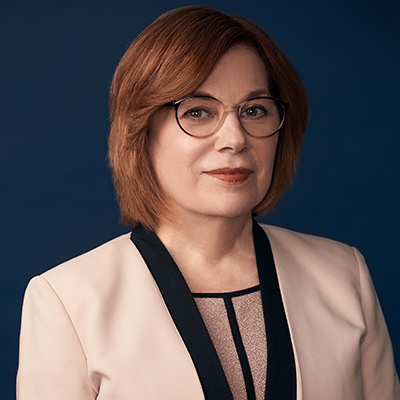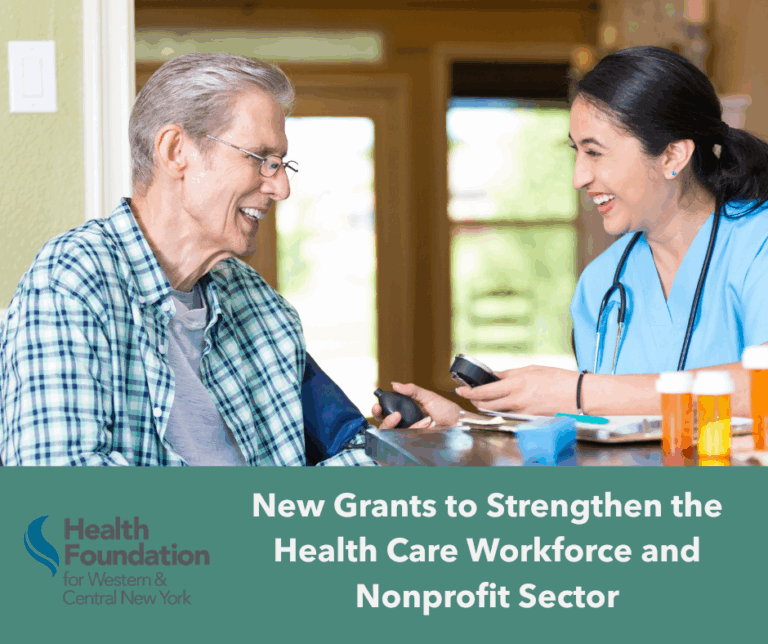By Nora OBrien-Suric, Ph.D.
President

As we join with communities across New York State and the nation in celebrating Older Americans Month, a recent report from the Center for an Urban Future underscores the importance of the work being done by so many aging service organizations here in western and central New York. The report notes that older adults are not only driving population growth statewide, but are more diverse than ever before.
During the past decade, the number of New Yorkers over 65 increased by 26 percent, far outstripping the broader population, which grew at only 3 percent. As the authors commented, “There are now more New Yorkers ages 65 and older than there are children under the age of 13.” While some of the biggest older adult populations can be found in downstate counties, Erie and Niagara, for example, now boast older adult populations in excess of 18 percent—well above the state and national averages.
The older adult population is booming. It’s is a tremendous success story worth celebrating. More of us are living longer and generally healthier than ever before. As Mark Friedman, the founder of Encore.org, once noted, older people represent “our only increasing natural resource.“
Of course, this is not the traditional view. Too many see aging as a period of inexorable decline and fail to recognize that we continue to develop as we age, that we can remain vitally important community assets as we get older.
Here at the Health Foundation we have seen the amazing work community groups perform in developing new and innovative ways to ensure that the energy and creativity of older people are integrated into a range of programs and services that are important for all of us, at any age.
And we remain committed to helping western and central New York reimagine the policies, programs and infrastructure that can help us all grow older in ways that enable us to join fully in the life of our families and communities. For example, we are supporting the Aging Mastery Program, developed by the National Council on Aging, in all eight counties in western New York. The program includes a 10-week curriculum that enables participants to gain the skills and tools they need to manage their health, and remain economically secure and socially engaged. Pilot studies of the Aging Mastery program have demonstrated significant participant increases in a range of domains, from physical activity levels and healthy eating habits to social connectedness and advance care planning.
In addition to replicating evidence-based programs here in our area, the Foundation’s Aging by Design initiative is using a human-centered design approach to help organizations throughout the region to rethink aging services and programs. More than 300 people at 35 organizations have been trained in these concepts. Groups are challenged to engage older adults in order to understand their needs and develop prototype solutions that can be tested and improved for maximum impact. We are currently funding and evaluating the effectiveness of 10 of the most promising ideas developed through this process, and we have already seen a discernible commitment to this kind of deep engagement and a willingness to make the necessary effort to create innovations that not only serve, but delight, the older adults in our communities.
As we wind down the last few days of Older Americans Month, this work is cause for optimism. At the Foundation, we look forward to continuing to support these kinds of pioneering ideas so that all of the growing number of older adults in western and central New York can lead vital, fulfilling, dignified, independent, and healthy lives in our community.


